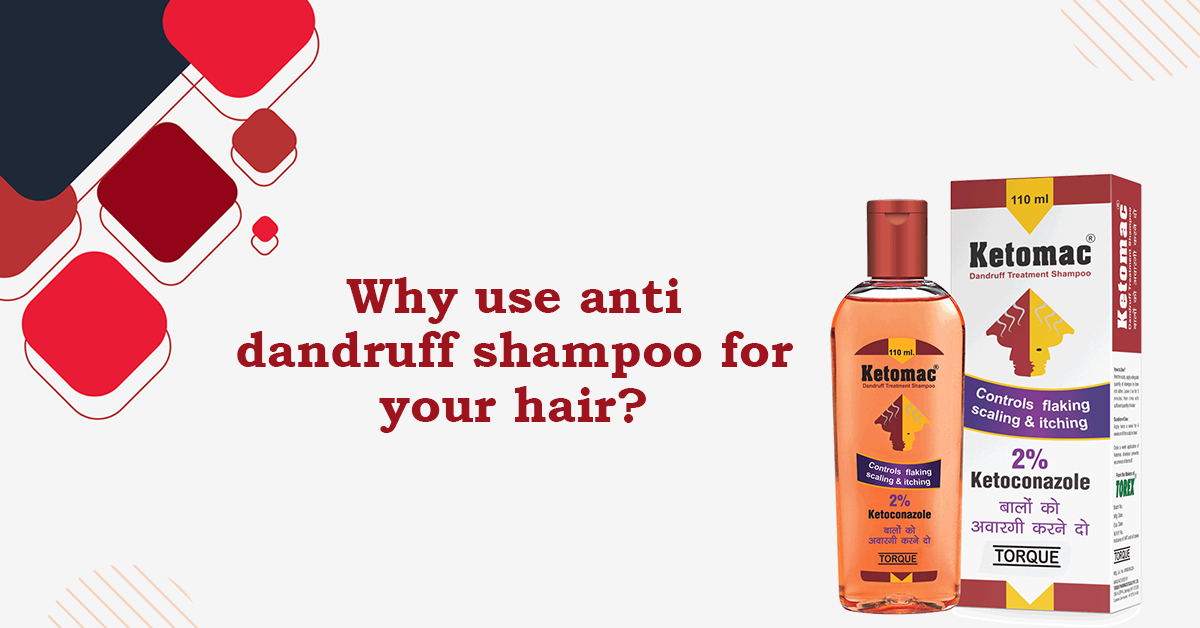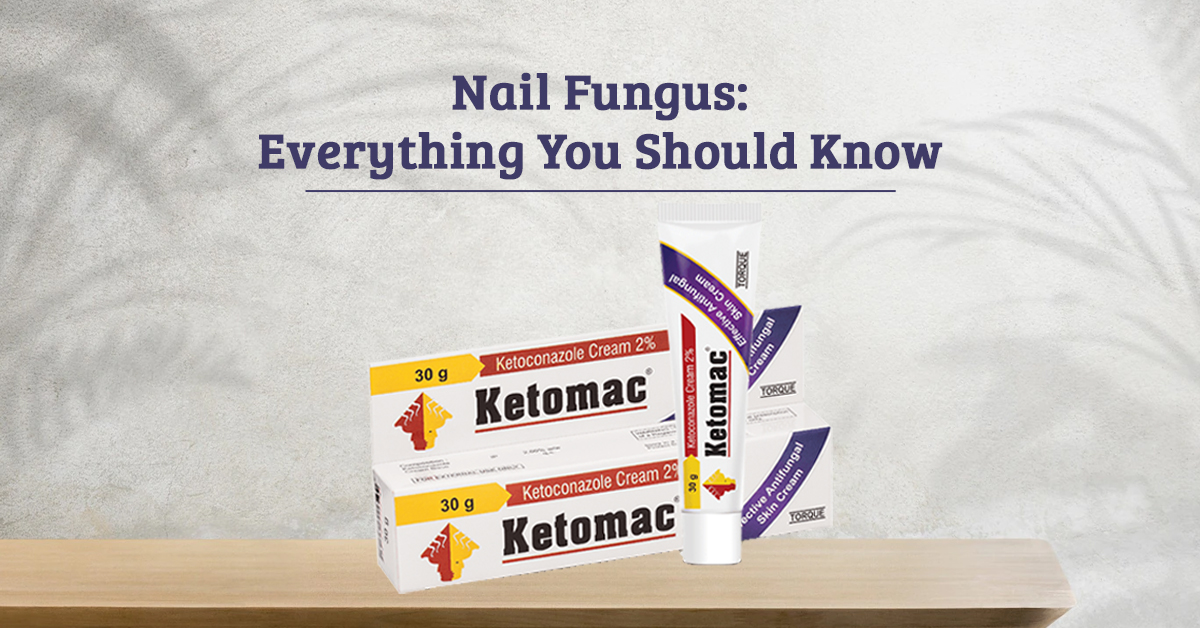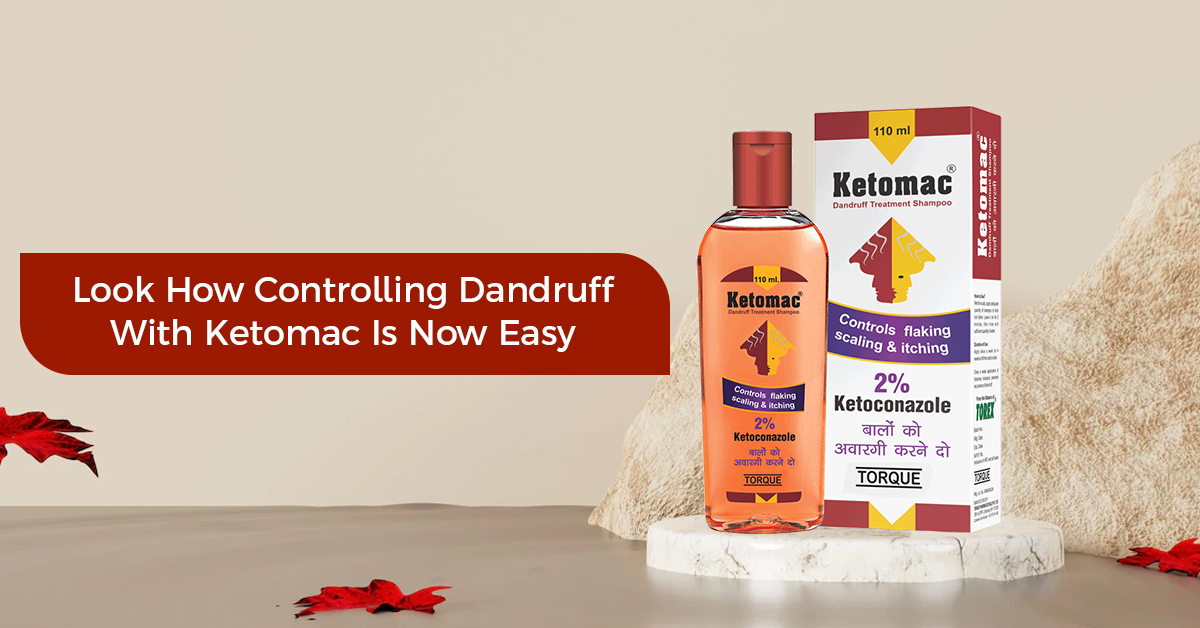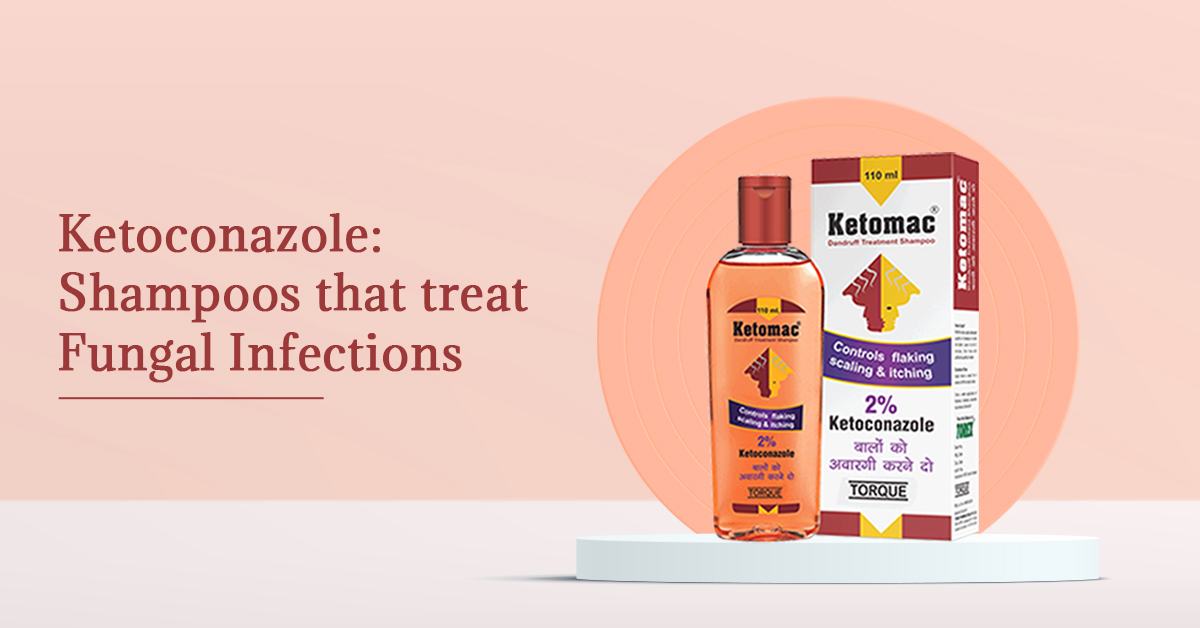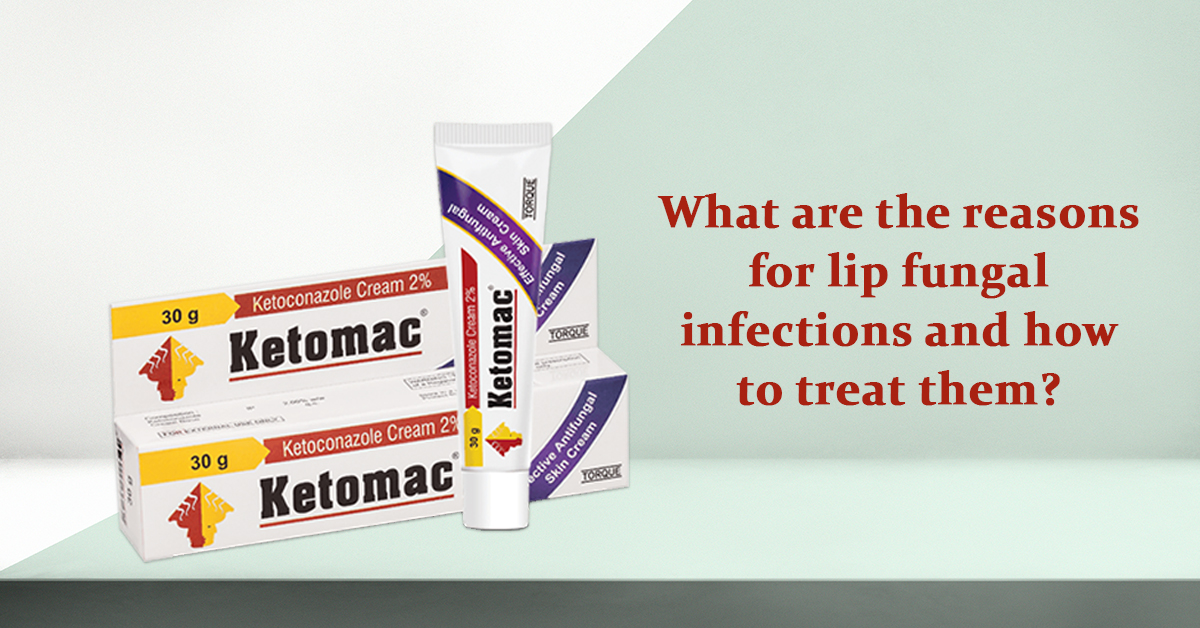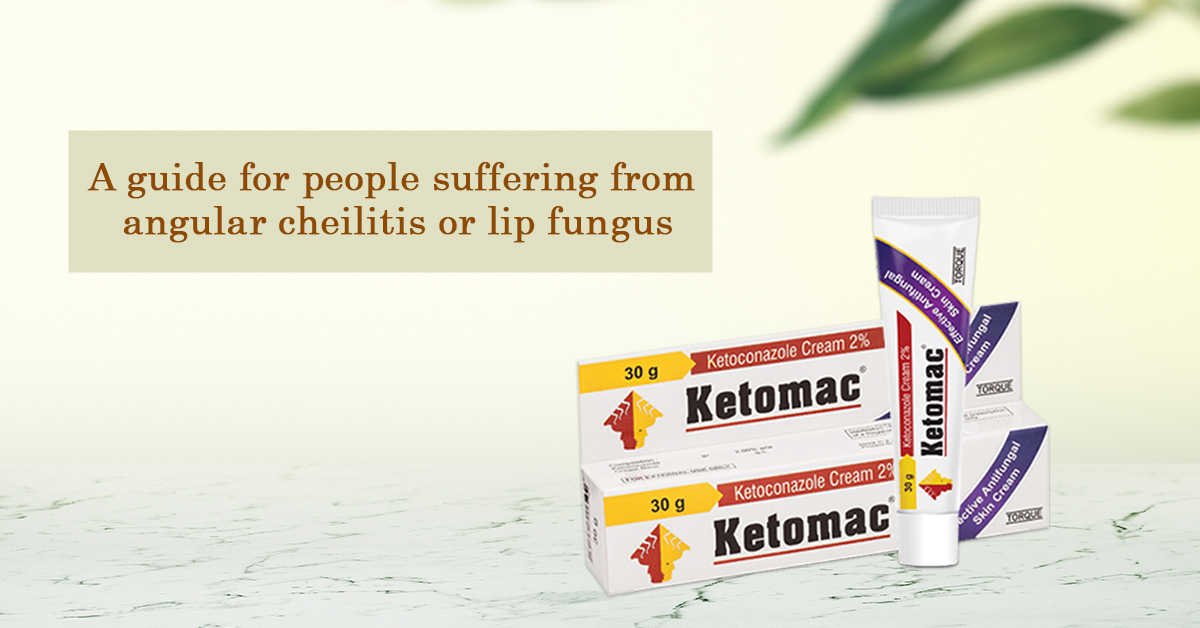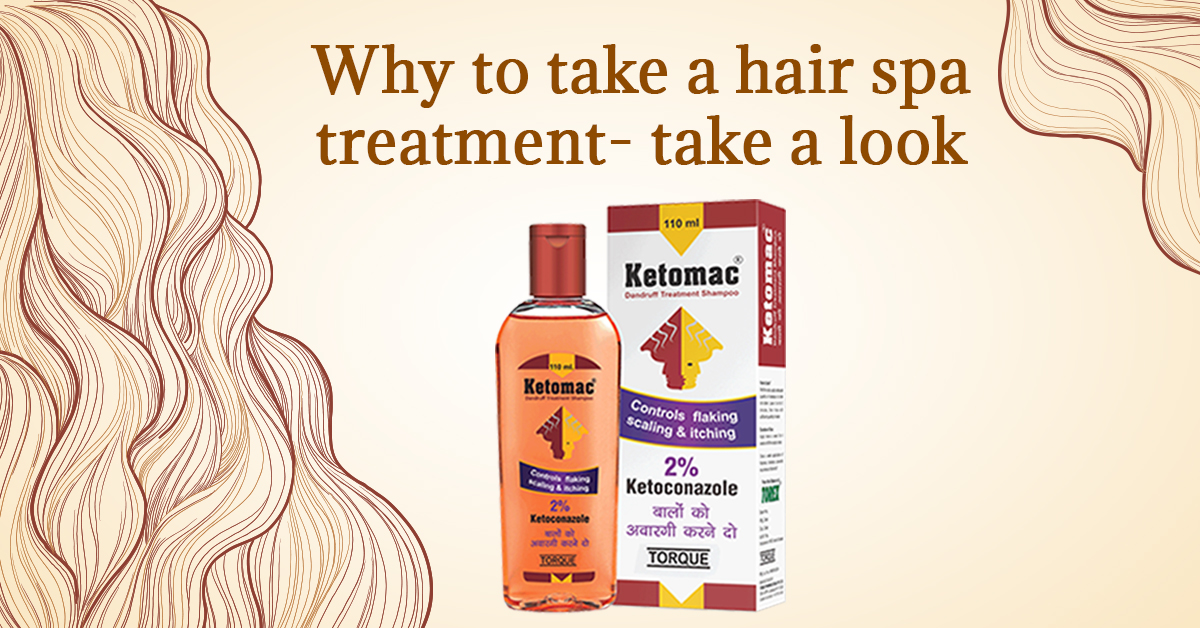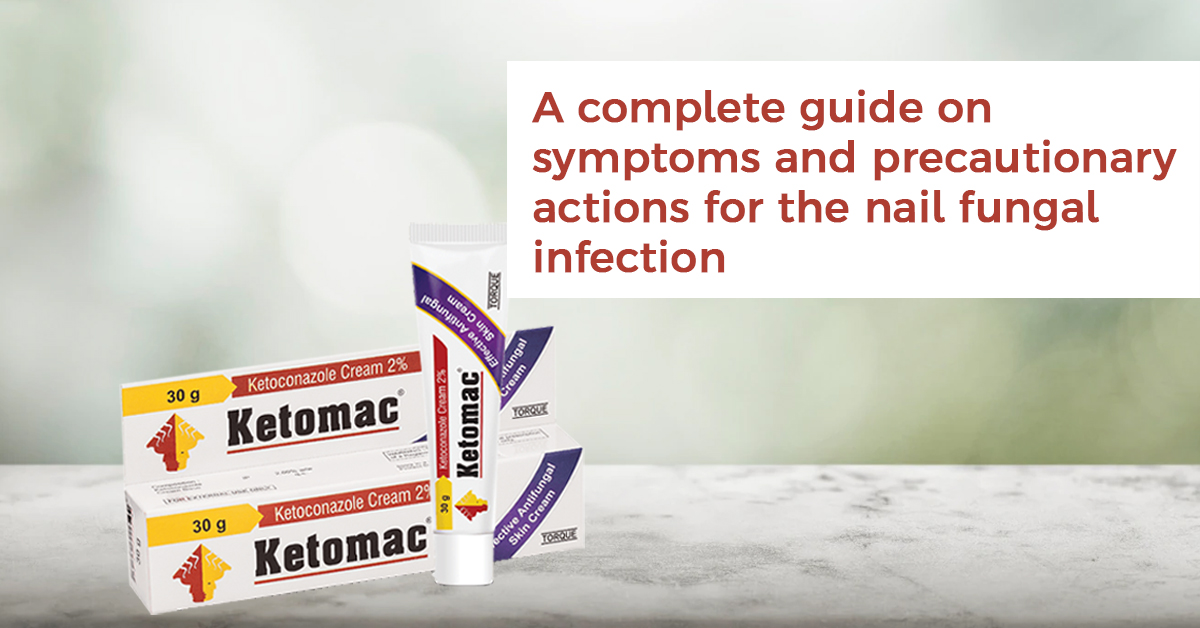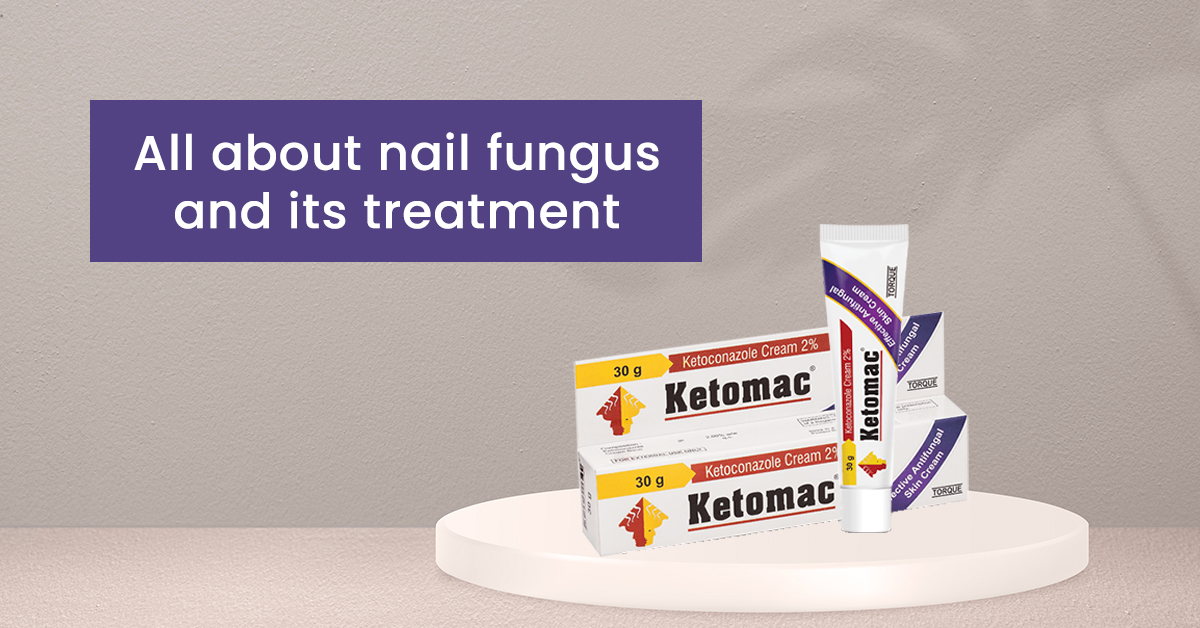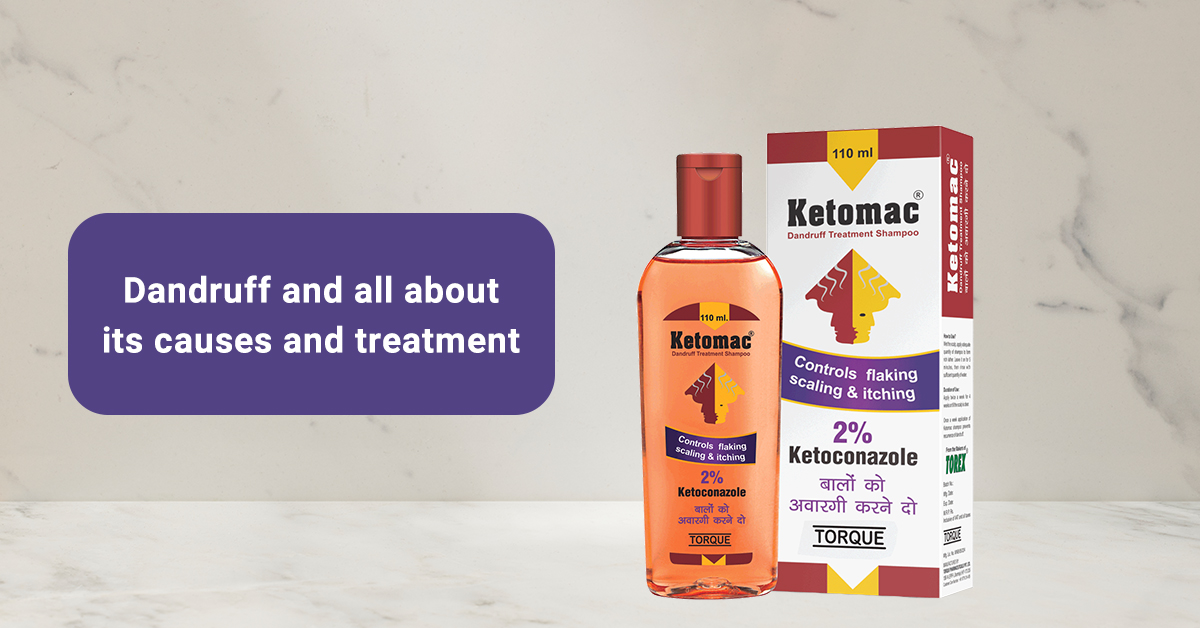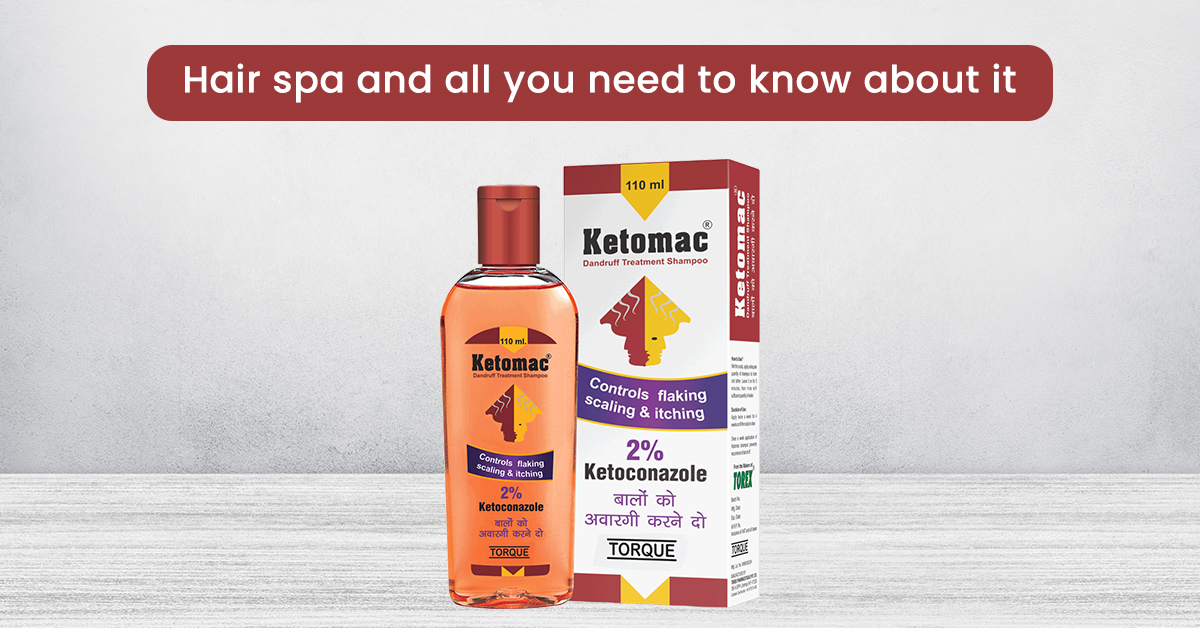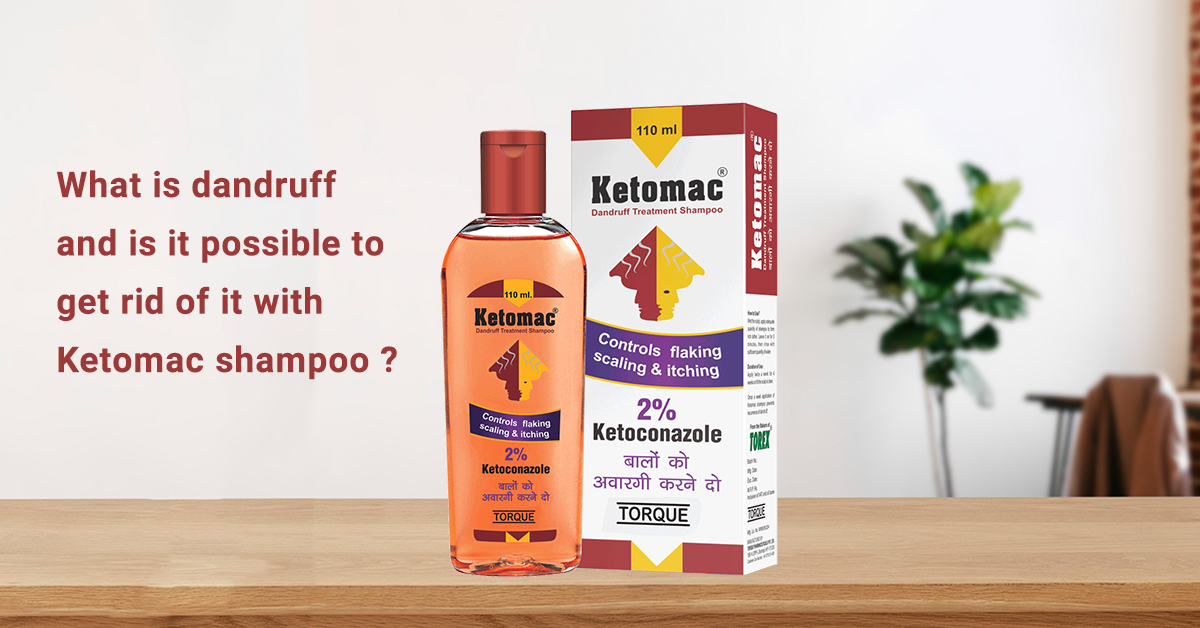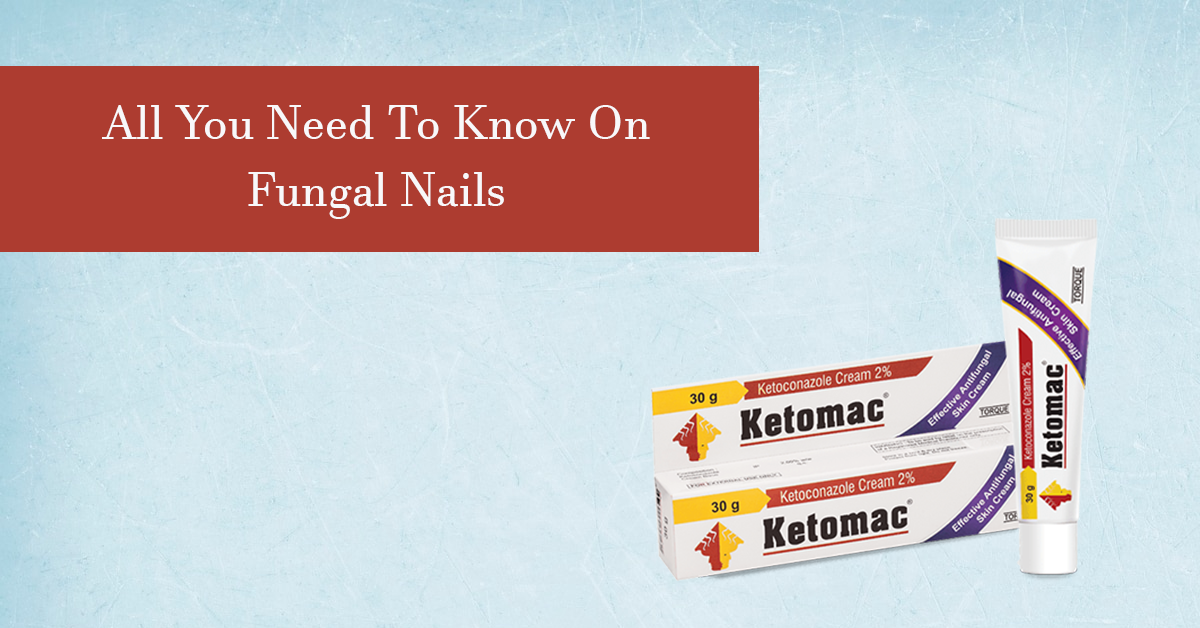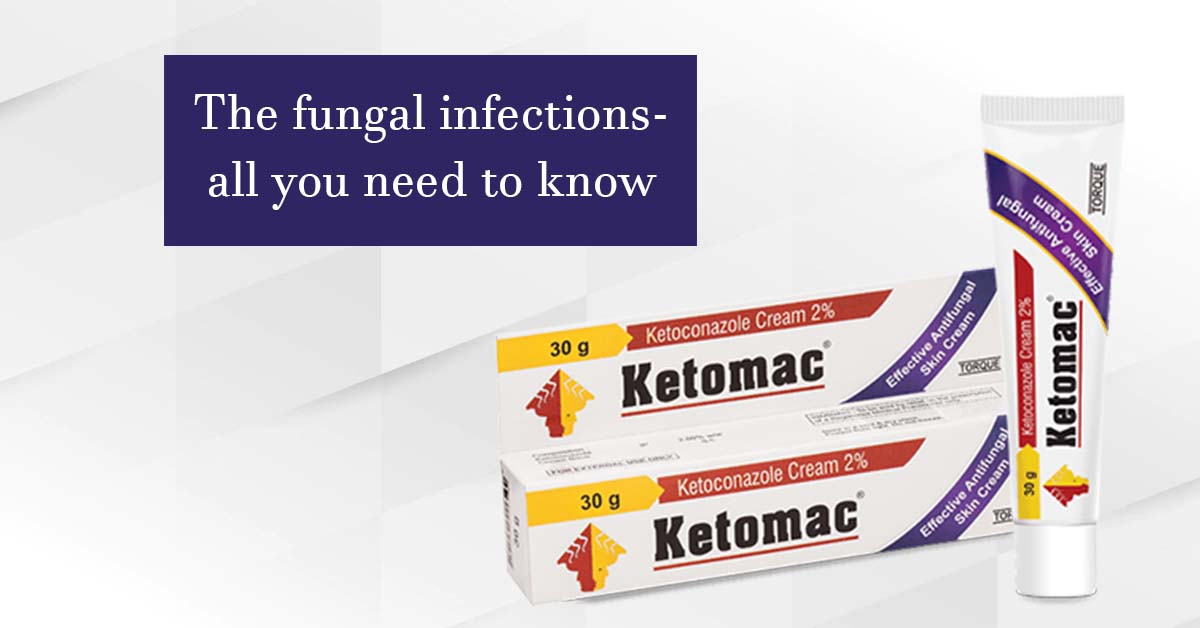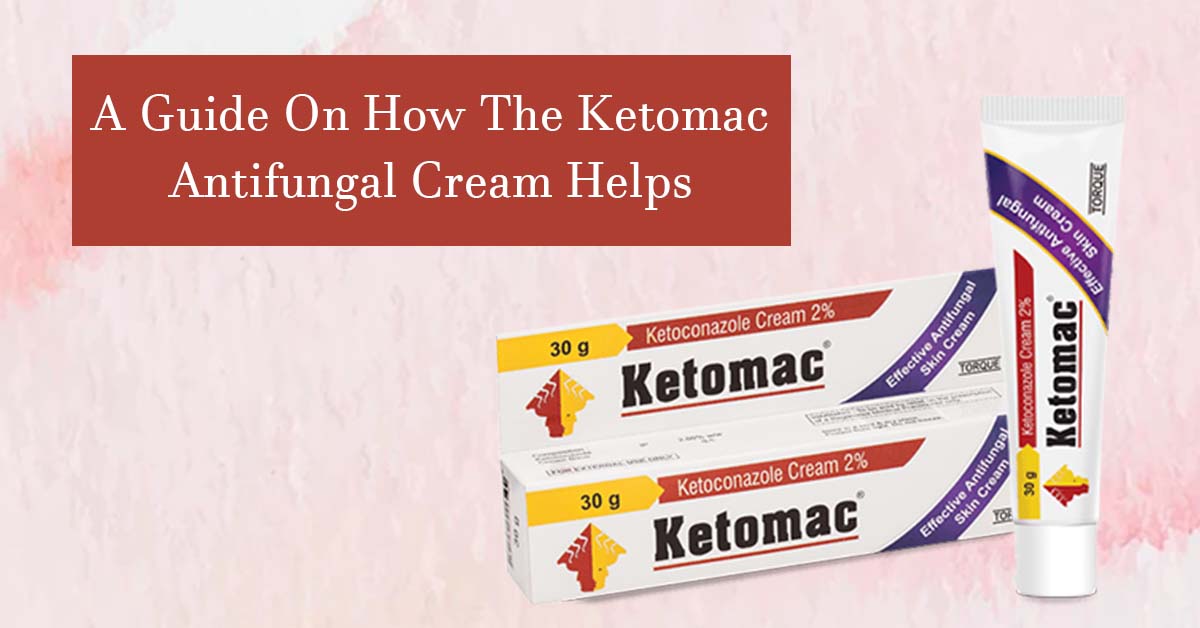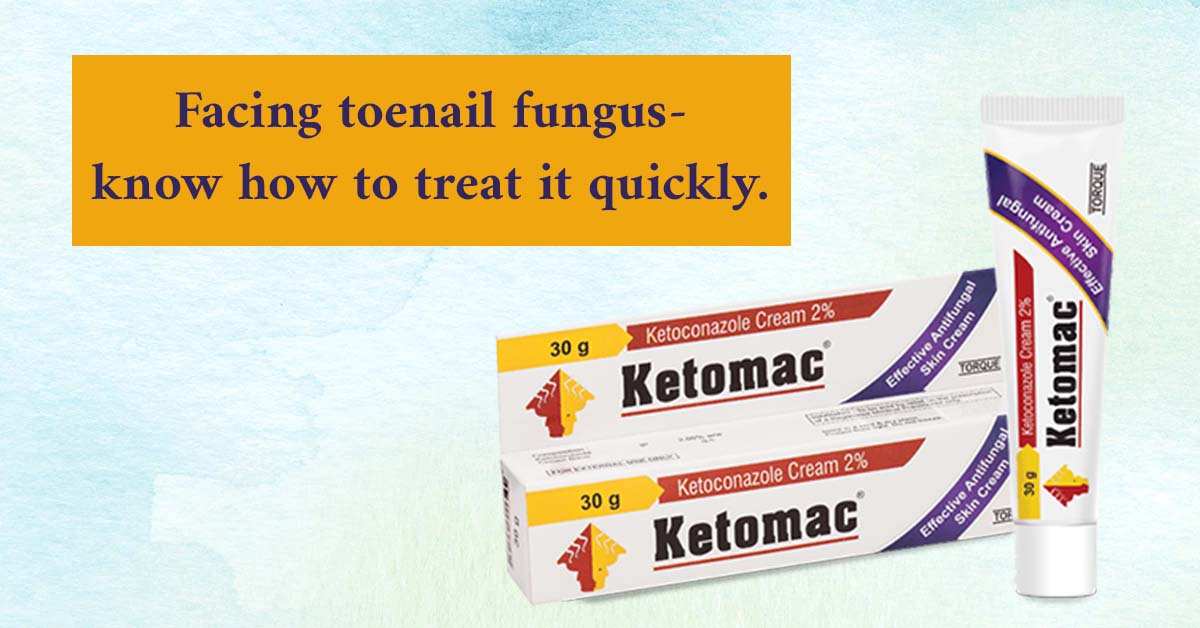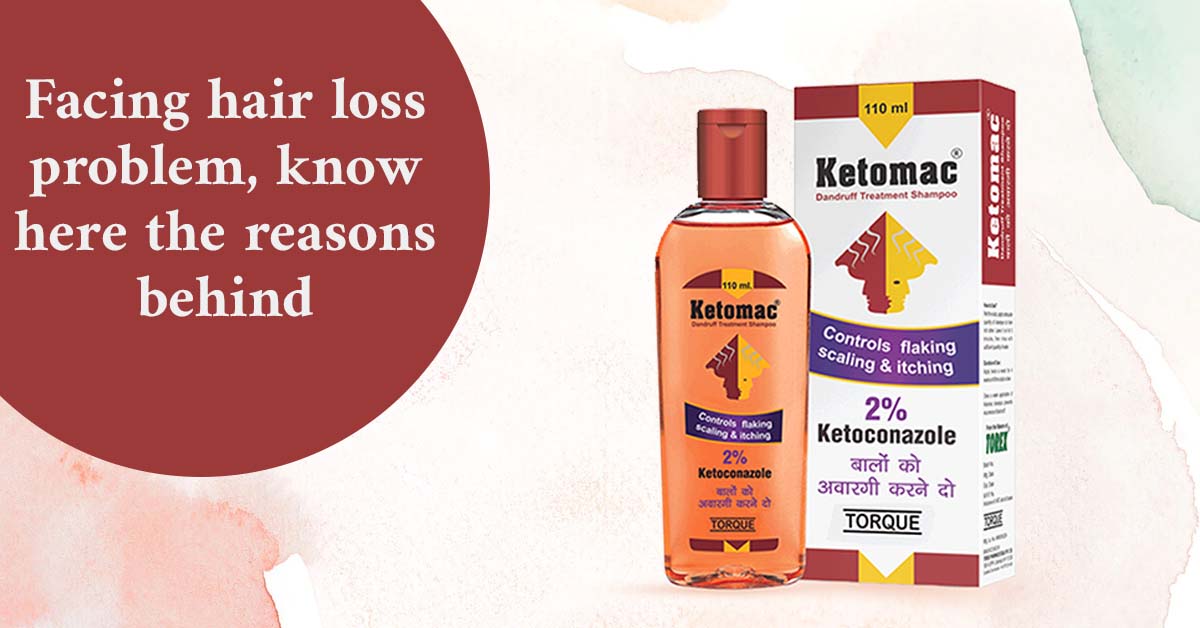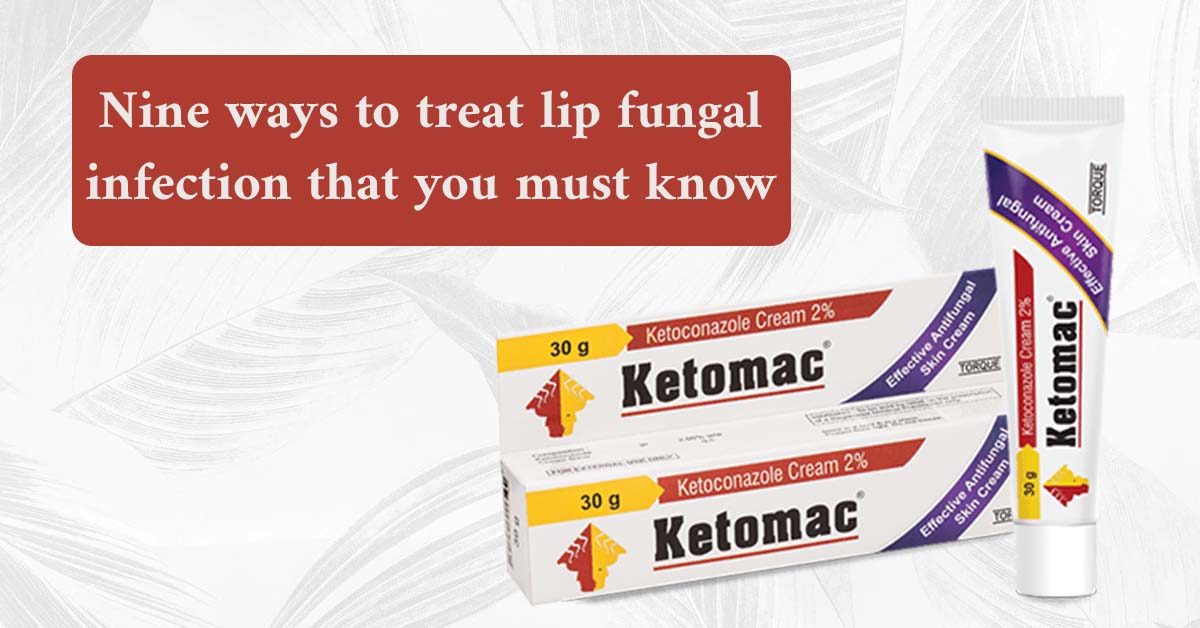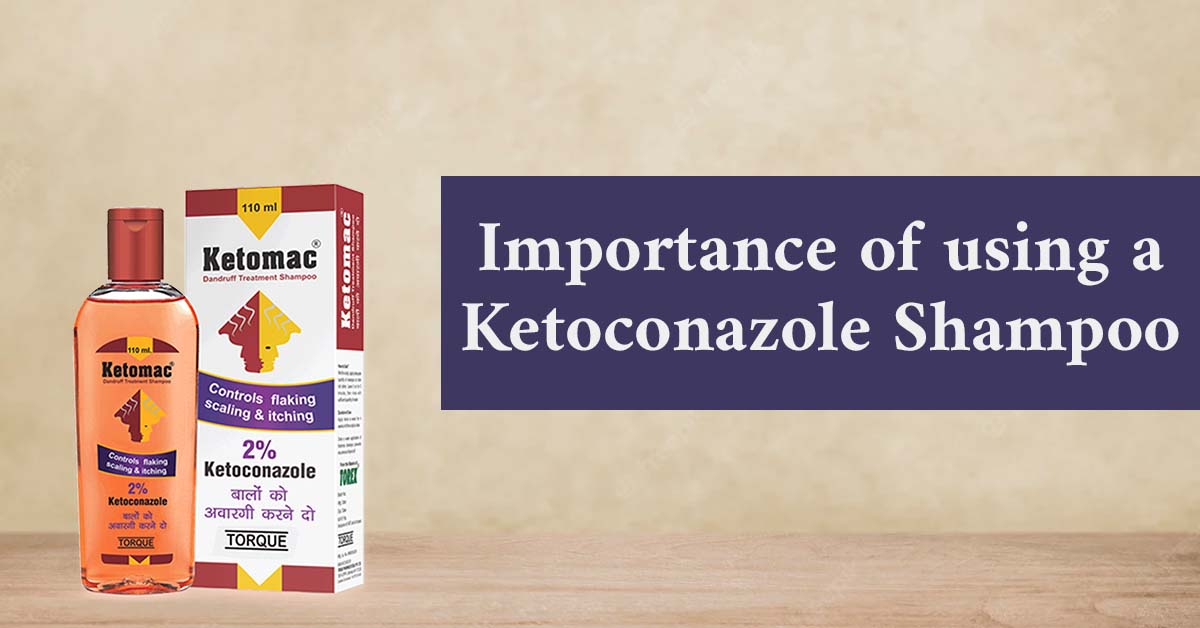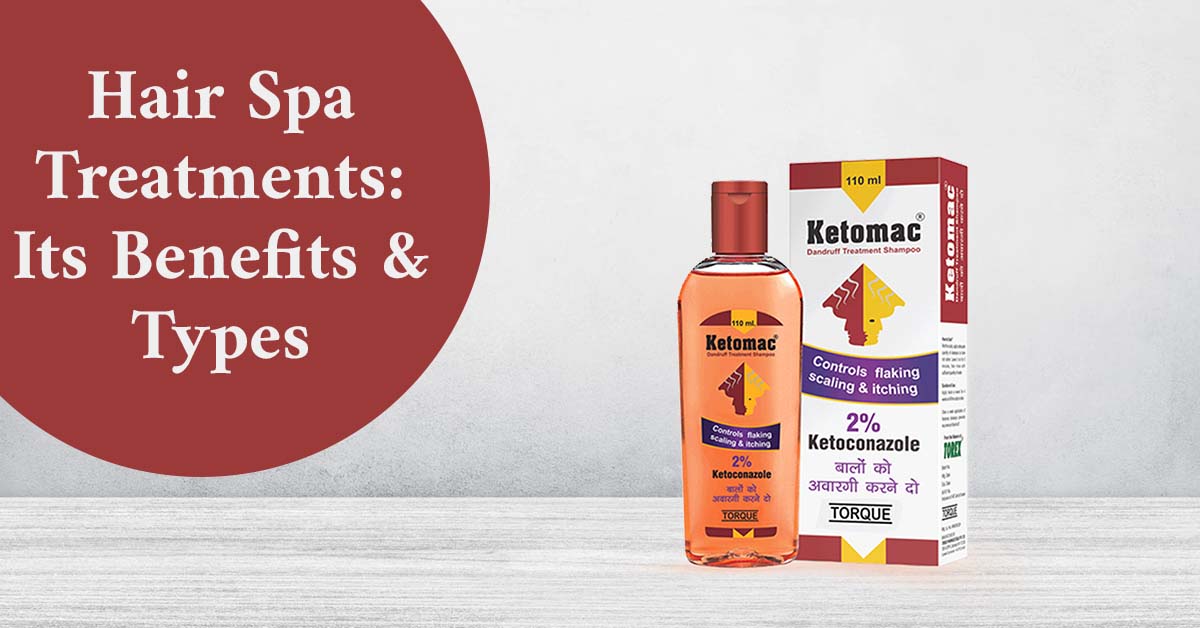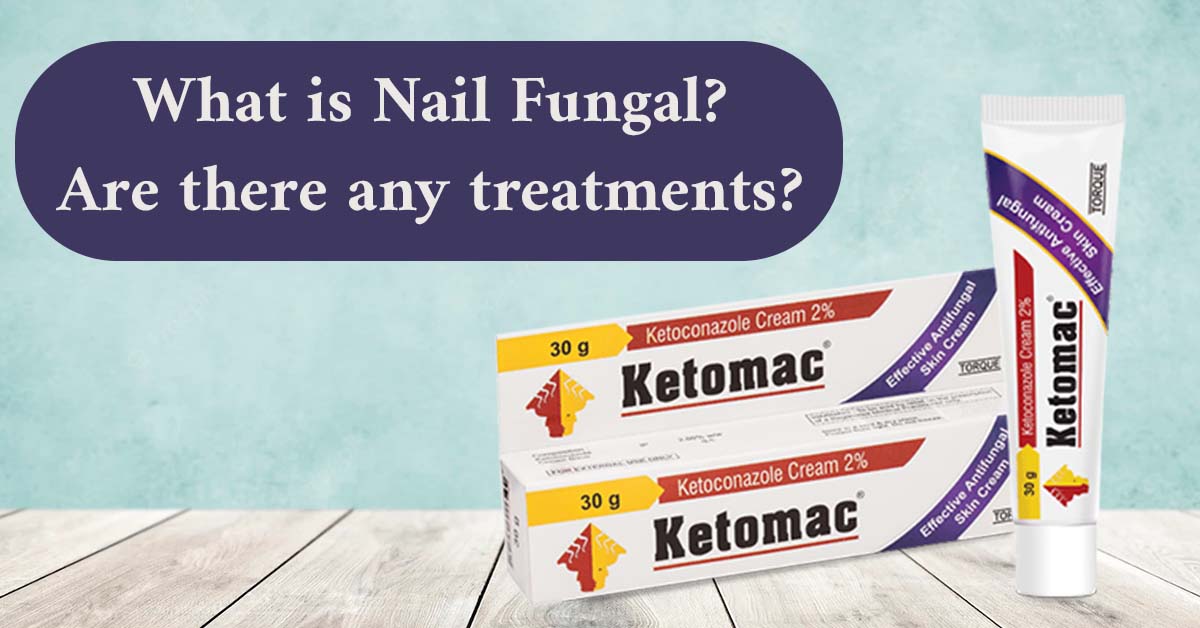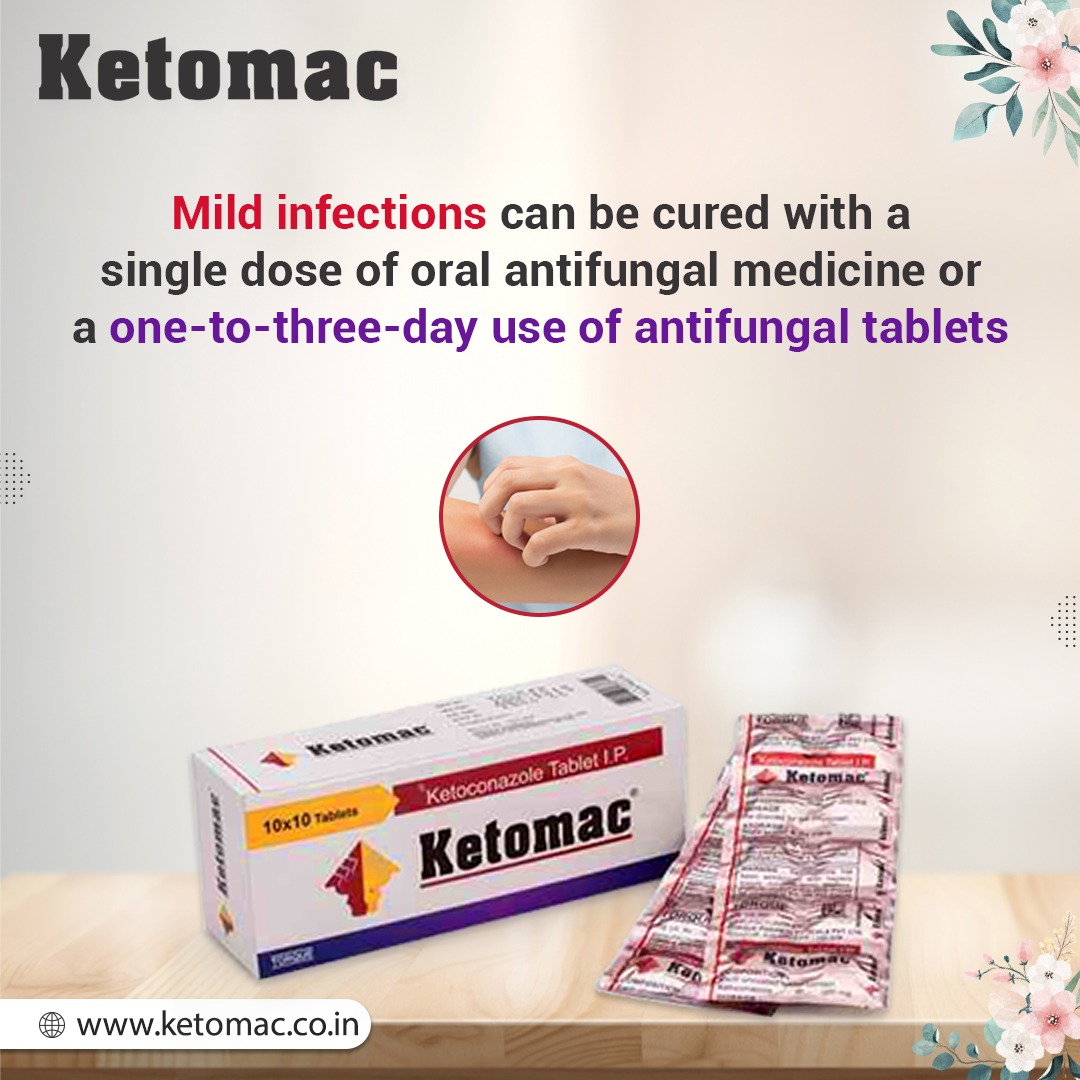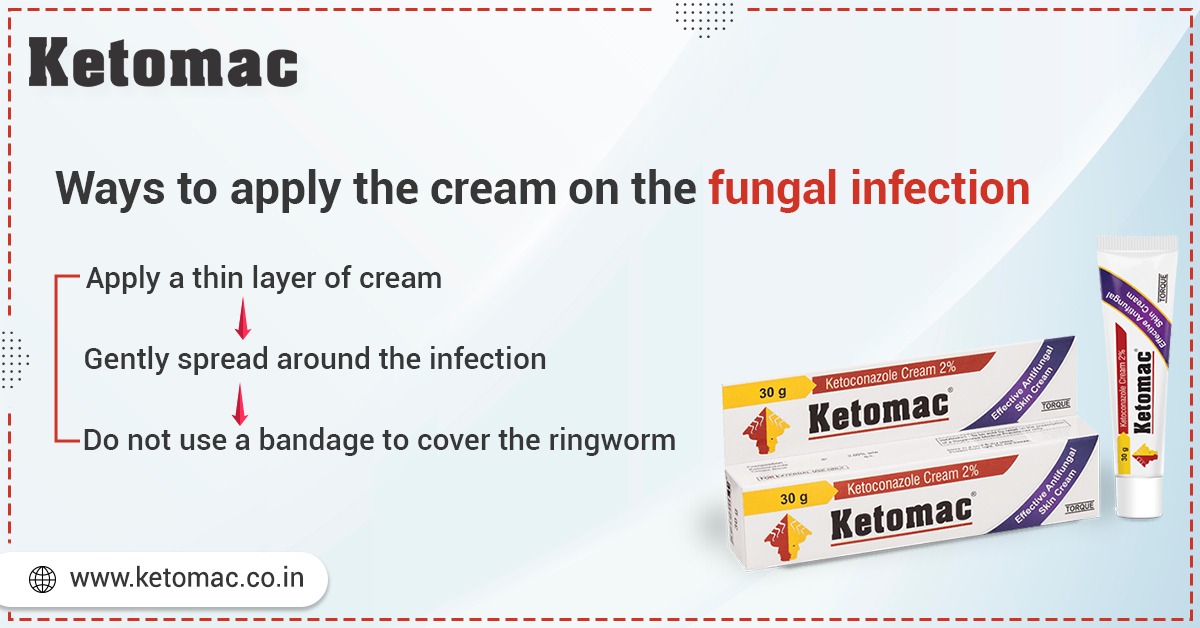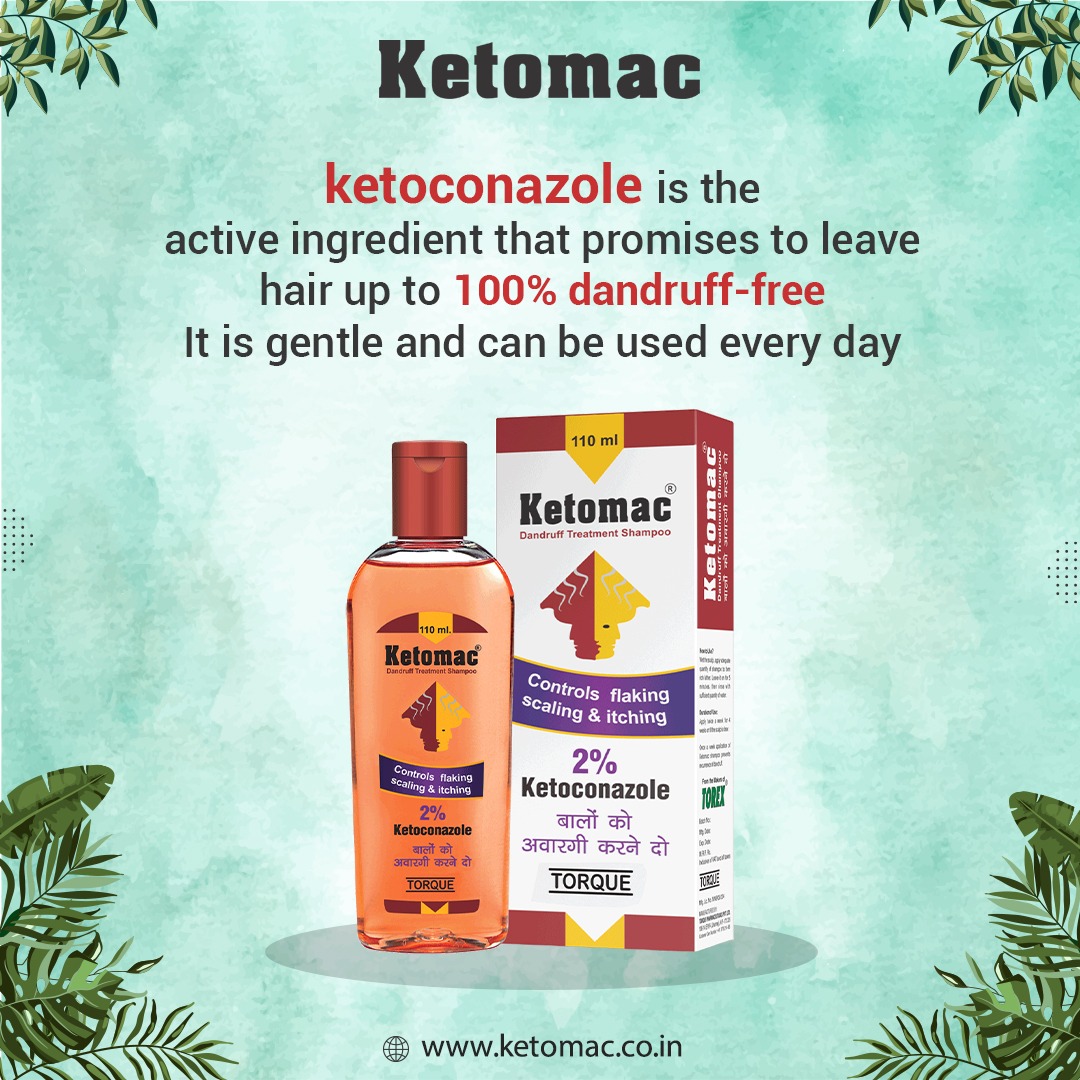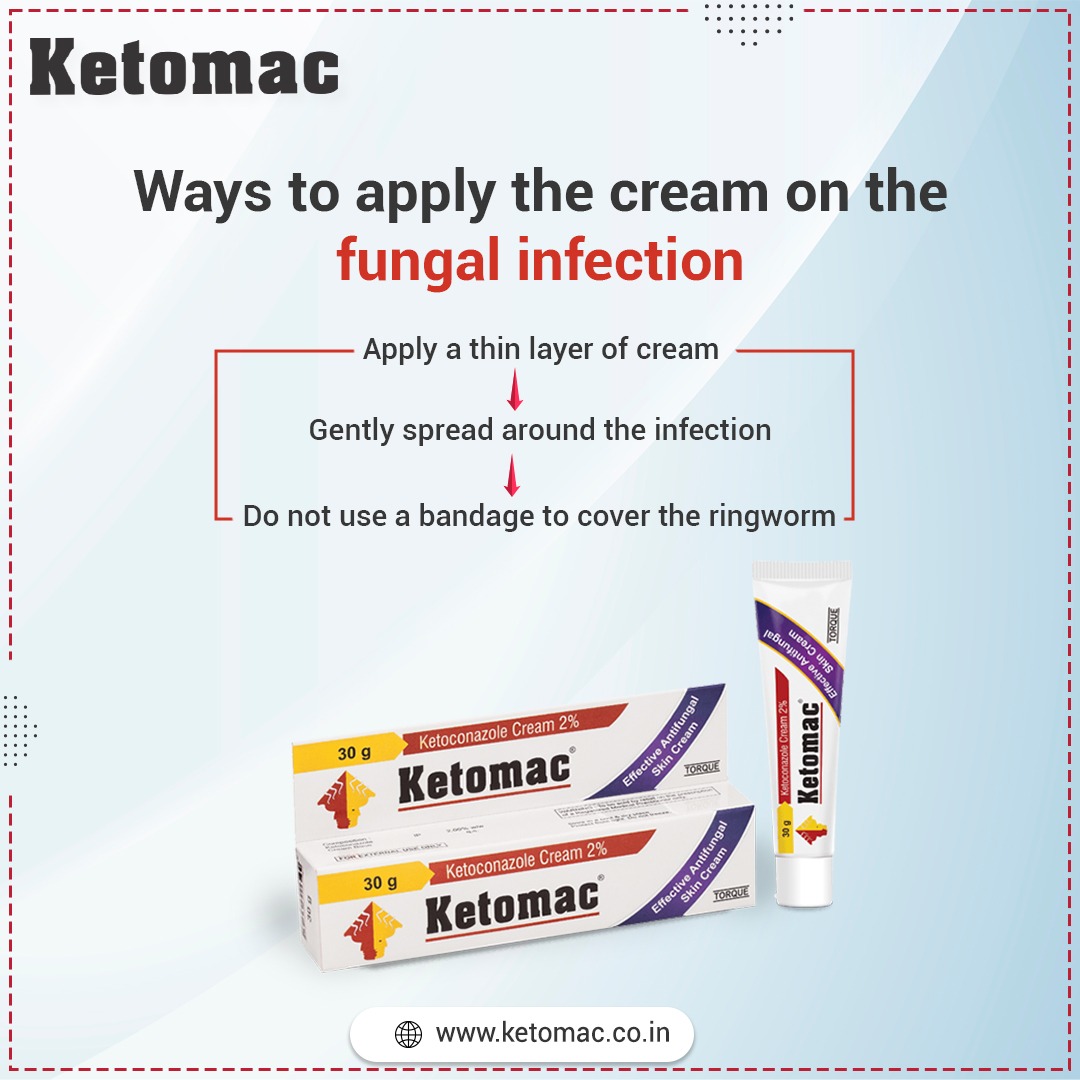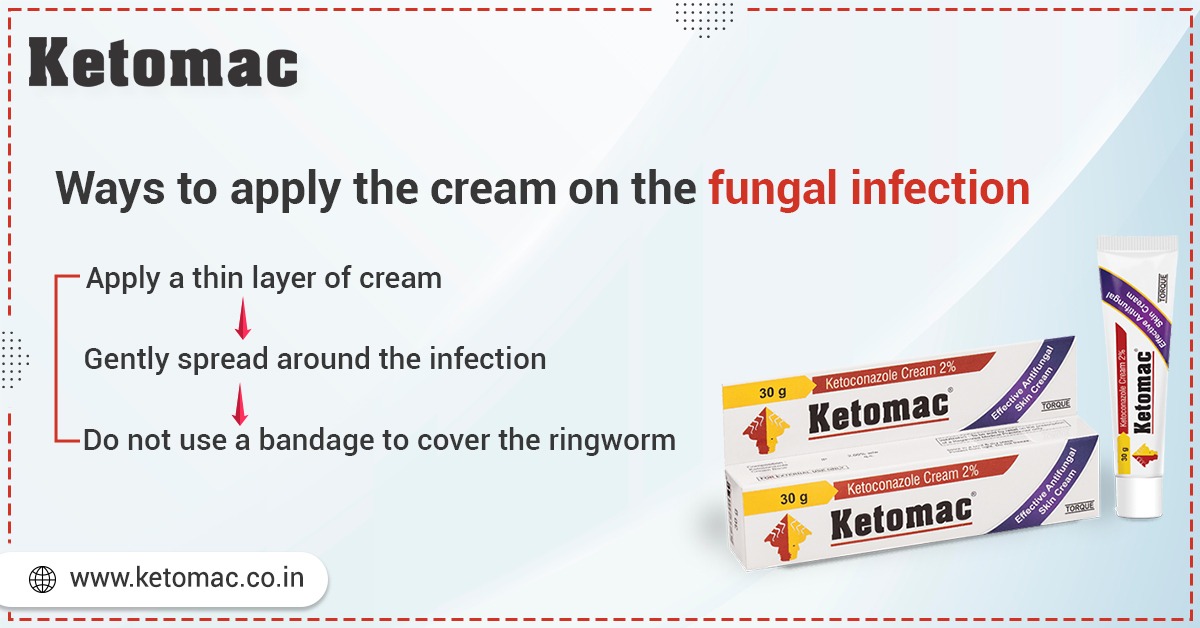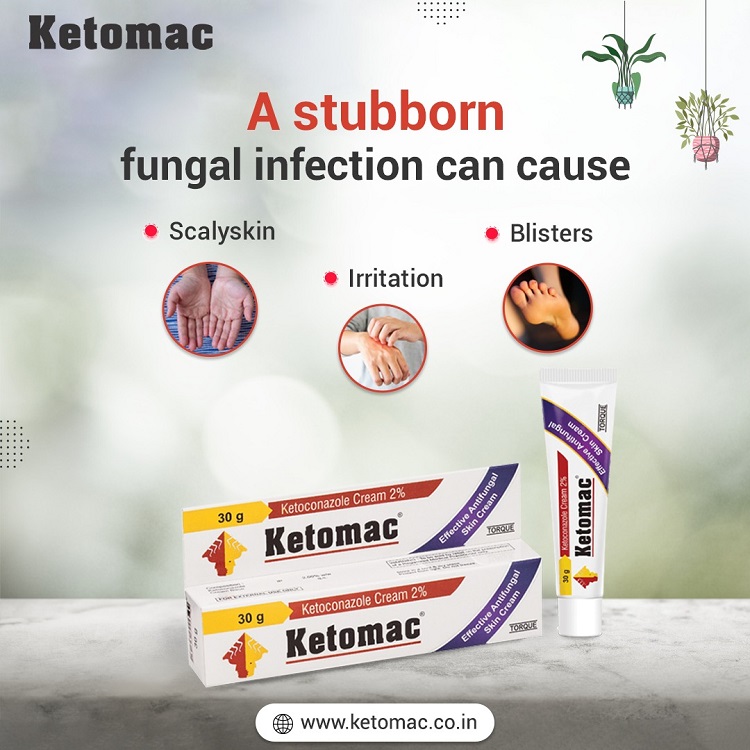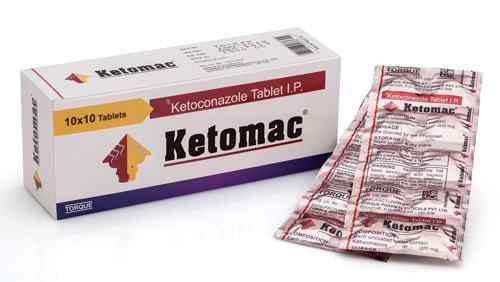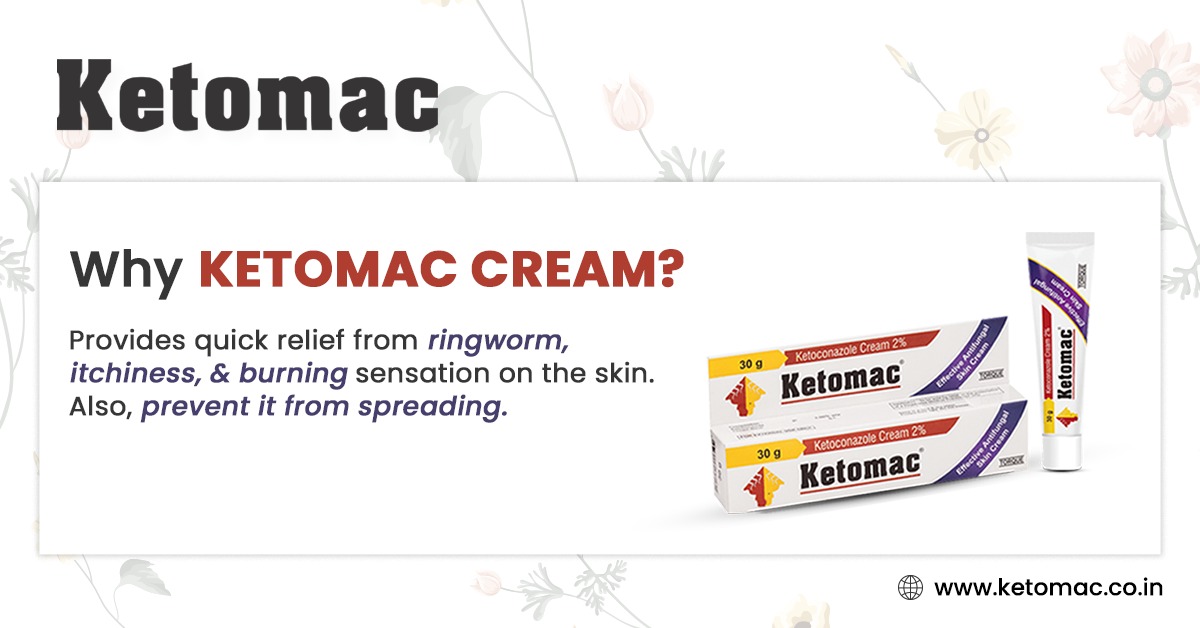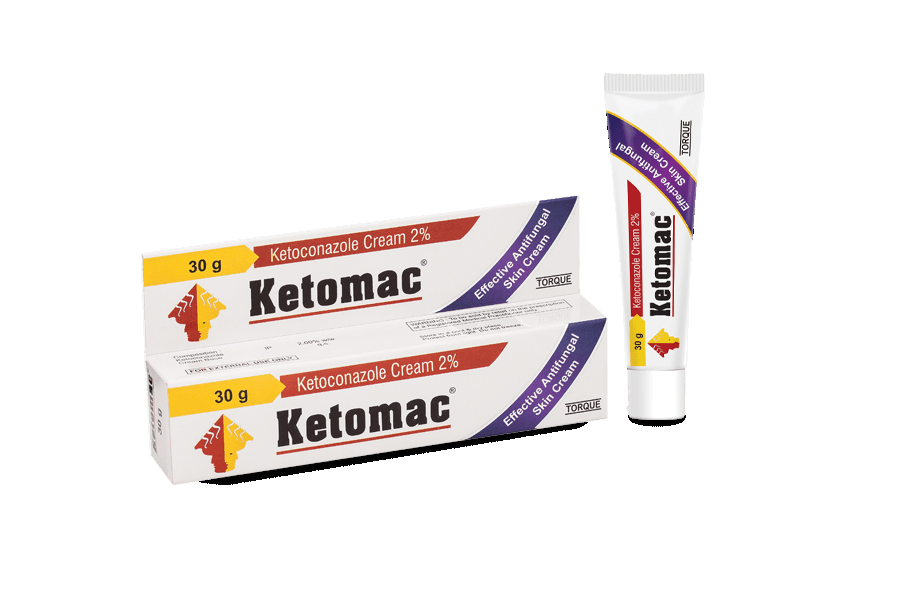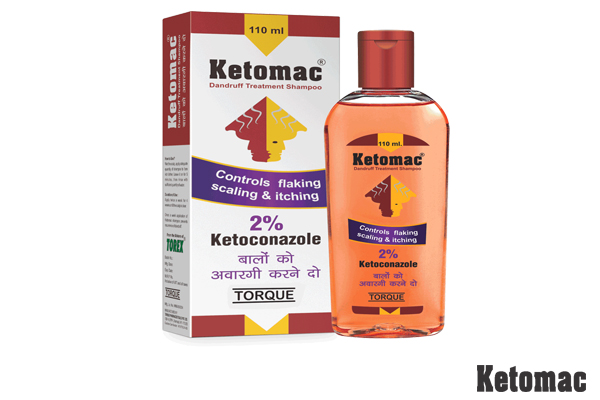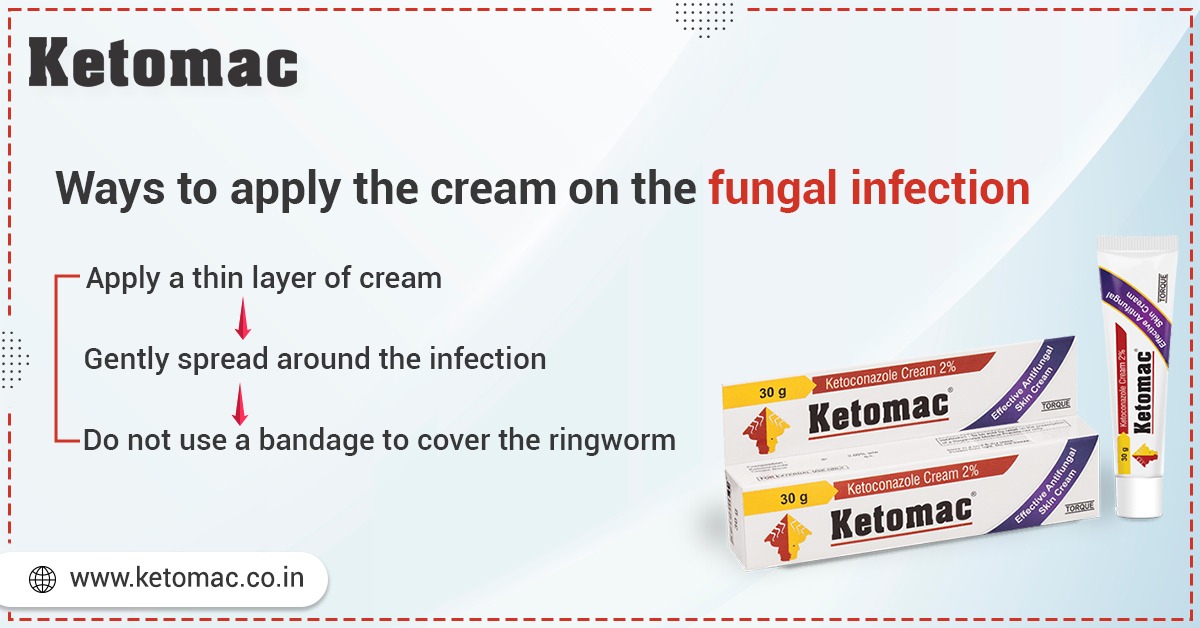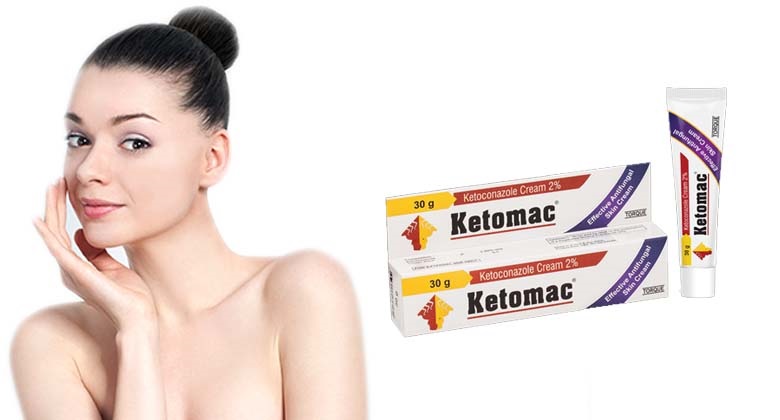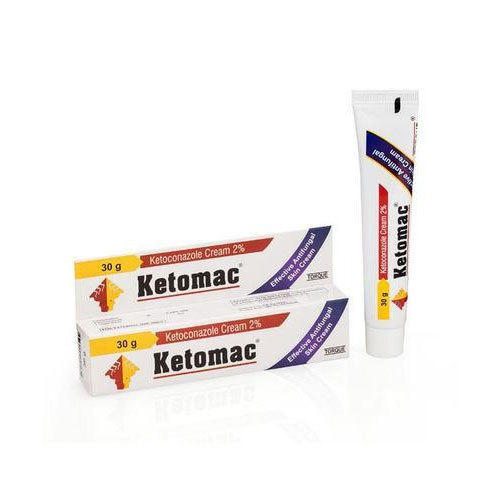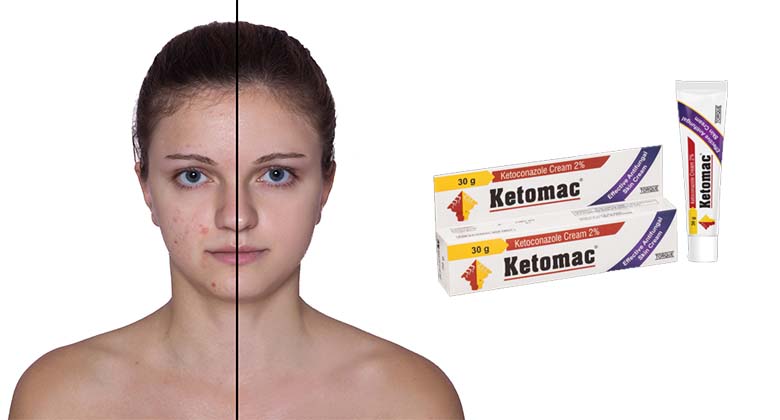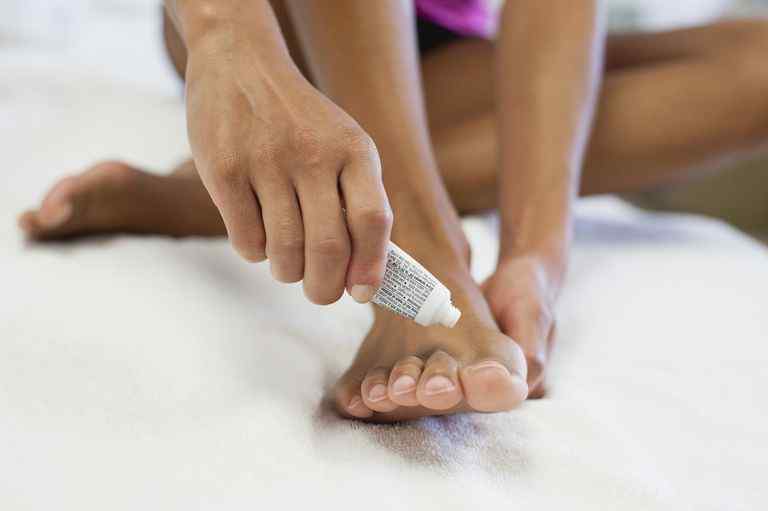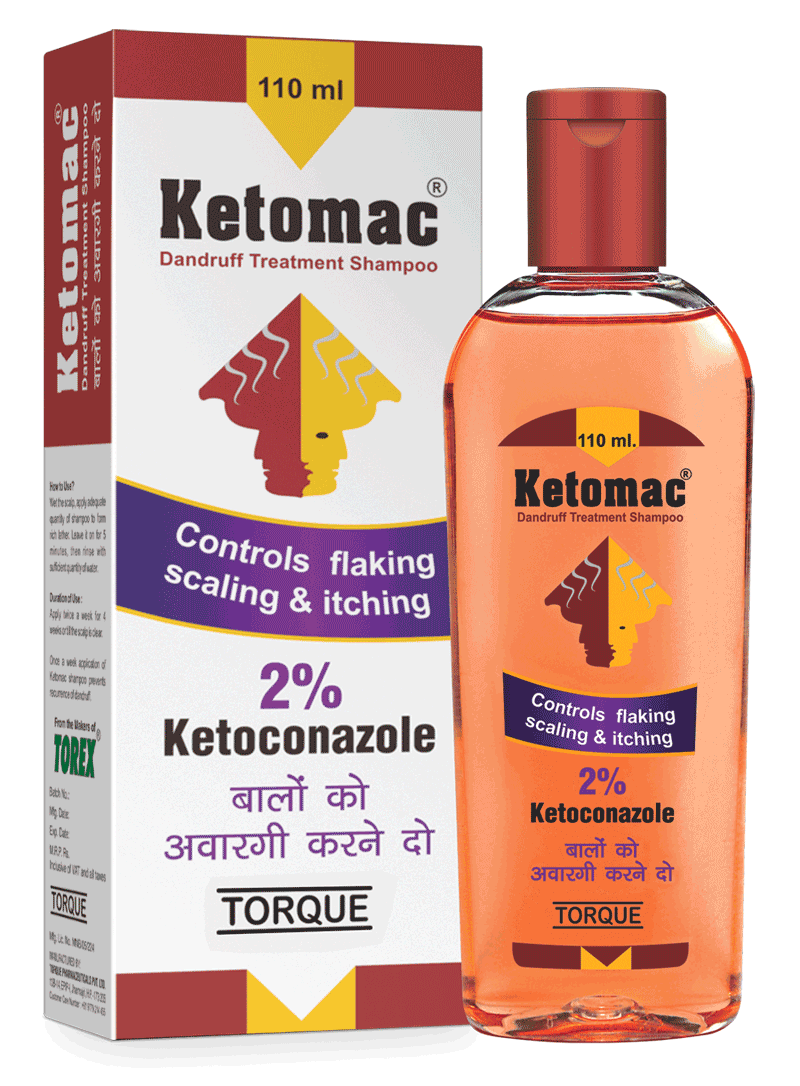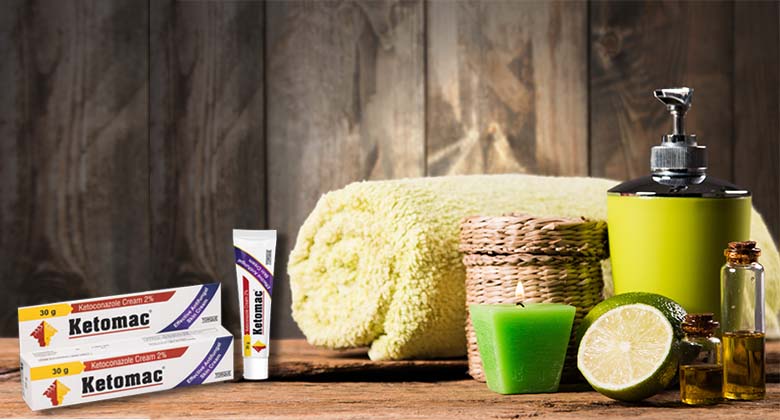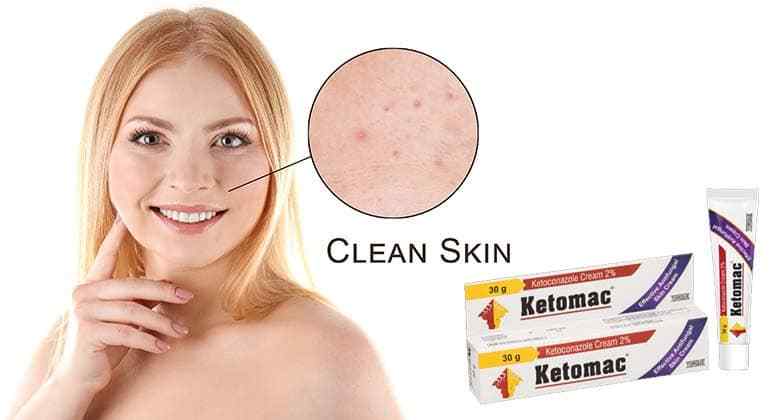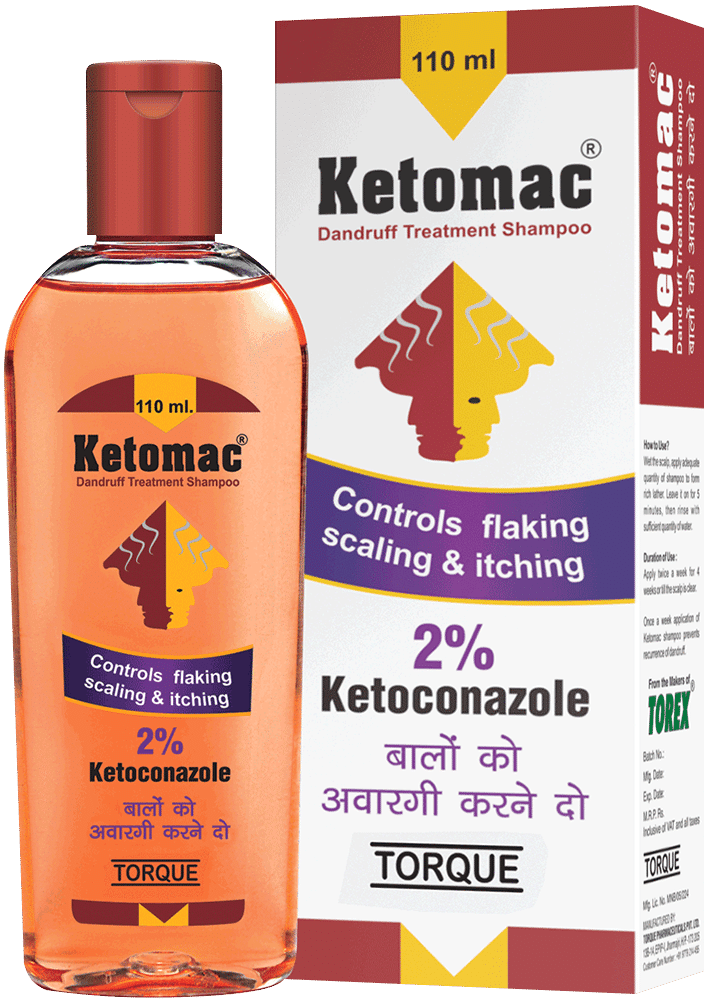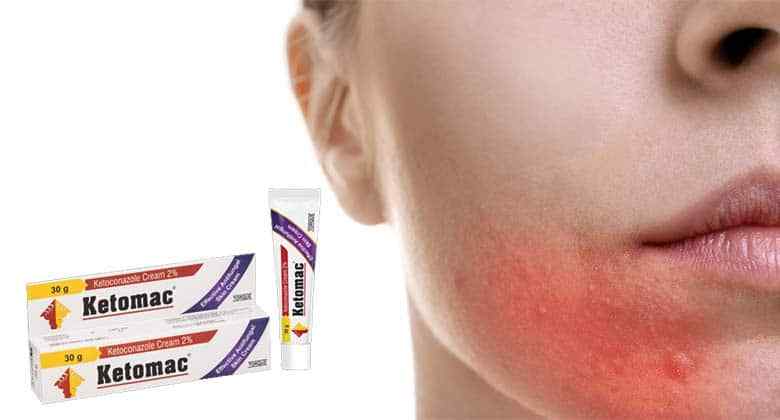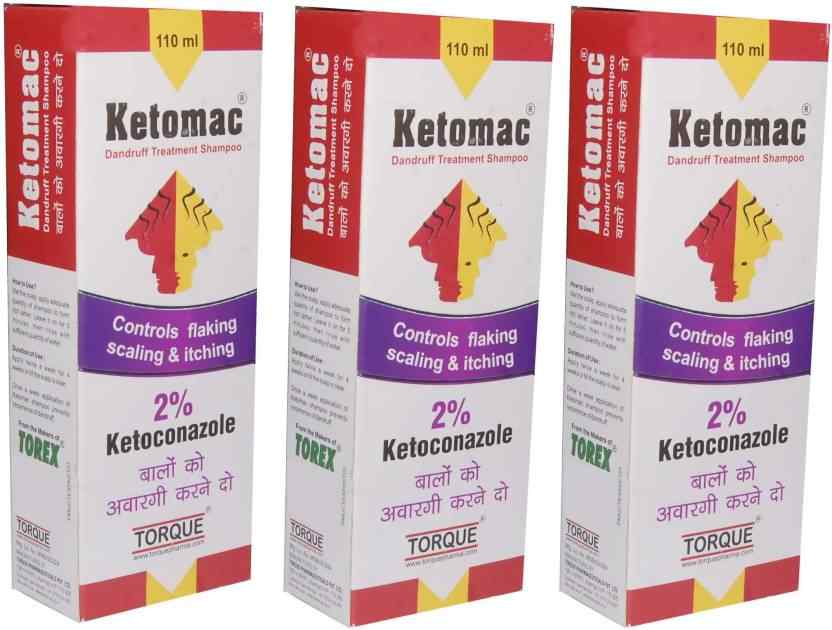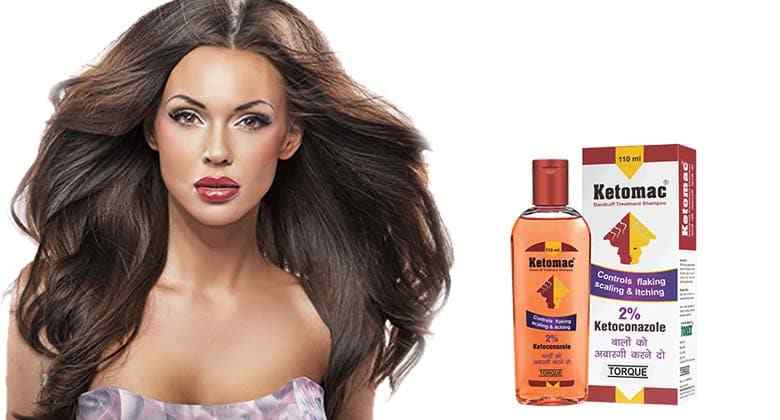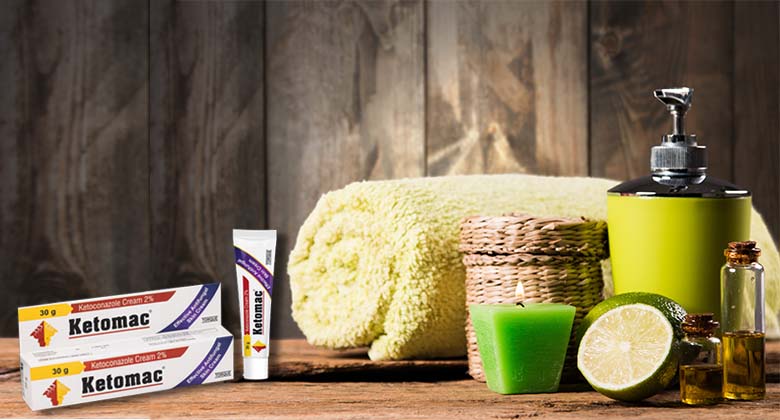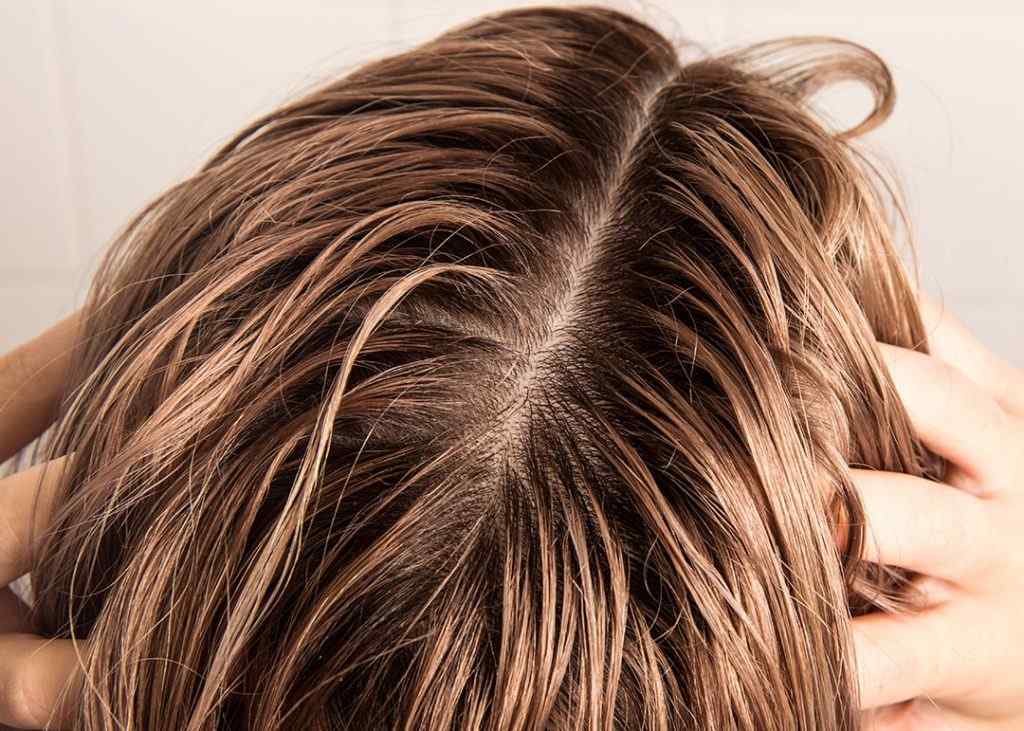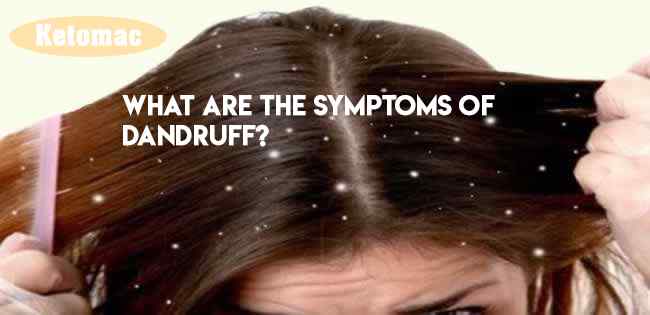A common infection observed in the toe and fingernails is nail fungus, spreading from one nail to another. Also known as onychomycosis, it occurs due to hygiene negligence and can affect health. It causes nails to crumble from the edges and leads to their discolouration. If the problem is mild, there is no need for any medication, but, in severe cases, it causes thickening of nails, and about 10% of adults undergo this condition. An excessive amount of fungus growth is hazardous for the body, and it should be taken care of with time. Dermatophytes are microscopic fungal organisms responsible for nail fungus and other agents. Learn how ketoconazole cream for nail fungus can help treat nail fungus in this blog.
Sometimes other nail abnormalities can be confused with nail fungus, and the causes that lead to it are:
- I go to the gym or walk barefoot in wet/damp and communal areas, and
- I am using common public swimming pools.
- We were visiting nail salons and used unsterilized instruments on nails.
- It is presumed that sweating on toes due to wearing tight-fitting footwear increases the risk of nail fungus. It also leads to foul-smelling feet.
- If a family member has the same condition, others going through the same condition also increase. It is not necessary that contact with the infected person may lead to it.
- A condition of the athlete’s foot in the past increases the possibility of fungi.
- The weakened immune system lessens blood circulation.
The visible signs of nail fungus include:
- The odd shape of the nails may appear more significant than the standard size.
- White or yellowish colour of nails.
- Some people do experience pain and discomfort in the foot.
- It is tough to see debris in foot nails, leading to infection.
- Crumbly or ragged nails are another symptom causing this infection.
It’s better to control this fungus at the initial stage as, with time; it gets more complicated, so the following are the measures that can be adapted to prevent the growth of fungal infection:
- Use nail lacquers, and nail paint removers very little. If one has to use it, ensure not to compromise with quality.
- Wash your feet properly with soap, dry them using a towel and moisturize in the end.
- Getting manicure and pedicure done with sanitized tools.
- Avoid walking barefoot in communal areas such as the gym and swimming pools.
- Regular footwear use should also be hygienic and must be adequately washed with disinfectant.
- Wear socks that absorb sweat and shoes that breathe.
- Wash hands after touching infected nails.
- Trimming nails short and keeping them clean.
- Treat the athlete’s foot before it spreads to nails.
It is still believed that home remedies are more potent than costly medications to cure a disease, and in the case of this infection, these home remedies prove to be a blessing for those suffering from it. Some of them may include:
When applied to affected areas, Oregano Oil helps eradicate the infection, as it has carvacrol oil as a constituent. It has powerful antifungal properties. Sometimes oregano oil is combined with tea tree oil, but it also increases the risk factor.
Apple Cider Vinegar- This ingredient is found in every household and used in cooking. It proves to be an economical remedy to cure fungus. Soak your feet in water mixed with 1 cup of Apple Cider Vinegar. You can also apply it to the affected area.
Ozonized Oils- Oils such as olive oil and sunflower oil prepared by mixing with gases in the ozone layer are more effective than other artificial medications. Apply it to the affected area daily and see the results.
Tea Tree Oil- Known for several benefits such as inflammation, acne, and dandruff, has also helped treat nail infections. Due to its antifungal and antibacterial properties, it is applied twice daily on the toenail, and the results are visible in a few days.
Diet– A healthy and nutritious diet plays a vital role in everybody’s life. Not just for nail infection, but vitamins and minerals are necessary for the body’s functioning, and one must never compromise with them.
Despite several home remedies to treat it, other beneficial treatments have proven to do wonders to destroy the infection. One such reliable way out is ketoconazole cream to treat nail fungus. This antifungal medication restricts the growth of fungi and yeast on the skin. One can find it in the form of gel and cream. Despite being a boon for the fungal treatment, it has other disadvantages. It causes a burning or irritating sensation on the skin, and one may experience mild hair loss. This topical medication should only be preferred if the doctor has prescribed so. For people who are allergic to their constituents, switch to other alternatives. The overdosage of this cream is harmful as well, so it should be used in the proportions as directed by the doctor. If there is any burning sensation, irritation, or pain after its application, one must see the doctor immediately. Also, applying it at intervals or skipping will not lessen the problem; it further increases the risk of infection. Another precaution is to prevent entering into the eyes, mouth, nose, and lips. One should not cover the area where it is applied with tight socks or footwear.
Not just nail fungus, ketoconazole cream can treat ringworm, dry and flaky skin, and athlete’s feet. This cream prevents debris or particles in the nails from working as a protective shield and destroys the fungi to finish the infection. Hence, ketoconazole cream to treat nail fungus is a one-stop solution for the infection. It is readily available in medical stores, and one must use it with caution and care.




